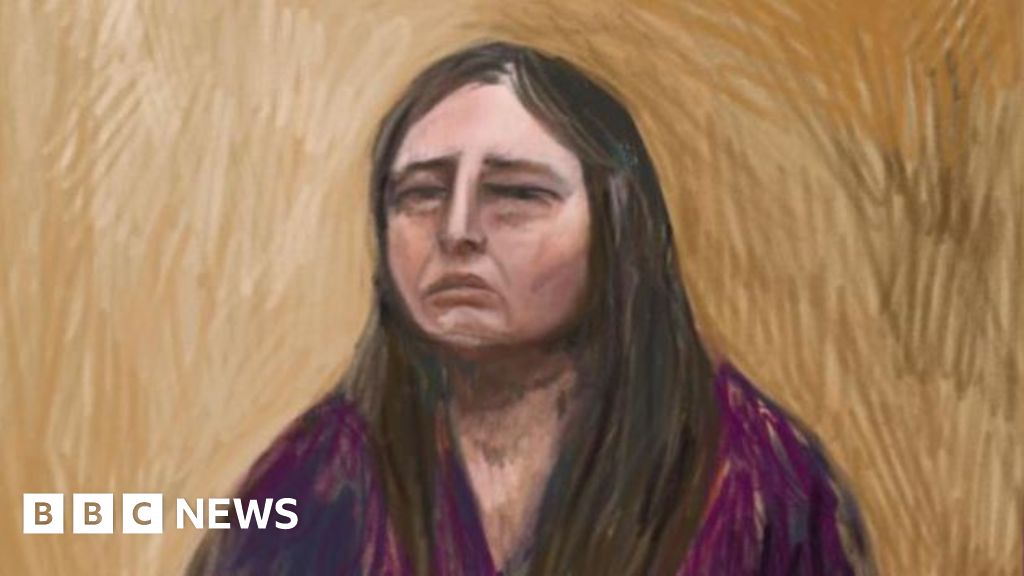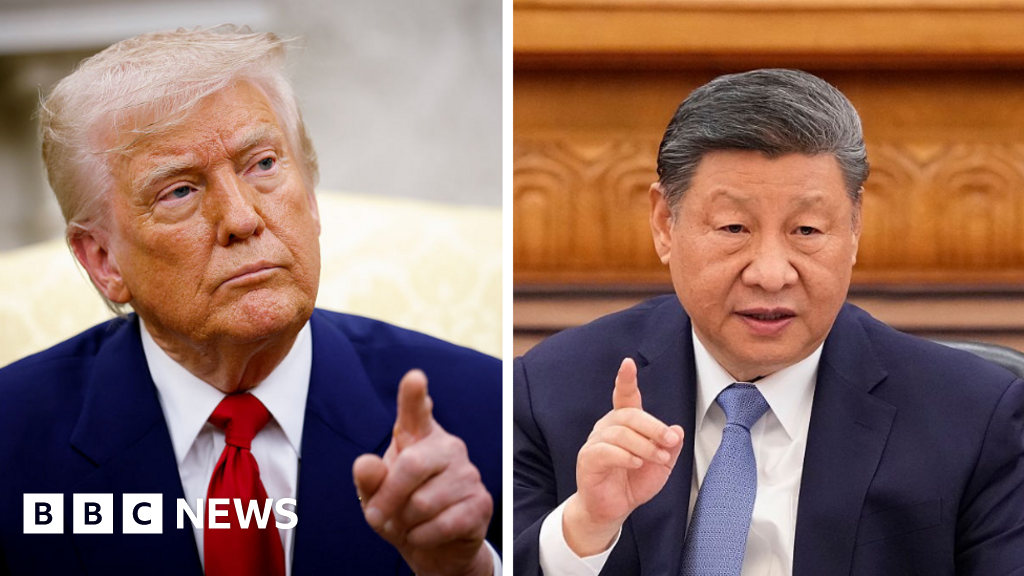Paris's status as a cosmopolitan hub for artists from all over the world was forged in the 20th century, particularly in the postwar period, when it was seen as a beacon for Black artists and intellectuals fleeing colonisation, racism and segregation in their countries of origin. The "Paris Noir" exhibition at Paris's Pompidou Centre is now exploring that pivotal moment when the French capital served as a crossroads for the major Black figures who were debating and designing a post-colonial future. The show features 350 works by 150 artists of African heritage – many of whom have been historically sidelined or forgotten – in an attempt to re-write these "unrecognised and fundamental" contributions into a more complete history of art.
In this programme, we meet American musician and composer Josiah Woodson, whose move to Paris 12 years ago broadened his artistic horizons, collaborating with artists from West Africa and the Caribbean. He tells us why author James Baldwin was a "major poetic and ideological inspiration" in his own trajectory, and why stepping into the footsteps of legendary trumpet players like Miles Davis was an important part of his transatlantic shift. Author and journalist Yasmina Jaafar explains why African Americans, in particular, chose Paris in the context of 1940s geopolitics and cultural trends.
The growing popularity of jazz was one of the major draws for the many Black musicians who performed in Paris in the post-war years. One of the key venues in that effervescent scene was Le Bal Blomet: established in 1924, it is the oldest jazz club continuously operating in Europe today. Its director, Guillaume Cornut, tells us how the local Martinican community would organise informal concerts and gatherings in the 1920s, which gave rise to its nickname "Le Bal Nègre", and how the dancehall became renowned for the diversity of the music on offer.
Historian Ludovic Tournès explains how differing attitudes to jazz in the United States and Europe meant that many African American musicians were keen to pursue their careers in Paris, where audiences and music industry figures demonstrated a respect and appreciation for the art form that stood in stark contrast to the reception many of these performers got in the segregated states of the American South.
We meet Kévi Donat, whose guided tours of "Paris Noir" reveal the Black politicians, artists and writers who have been integral to the history of both Paris and France, but who have not always gone down in history to become household names. Kévi shines a light on some of the racist struggles that even a celebrated author like Alexandre Dumas came up against, and how a conference at the Sorbonne in 1956 distilled the growing consciousness of a "Panafrican" movement, uniting various Black communities on three continents.
Artist Valérie John tells us why leaving her island of Martinique was a pre-requisite in the 1980s as she pursued her studies at art school in Paris. Having been commissioned to create a site-specific installation for the "Paris Noir" show, Valérie expands upon the concept of a Black Atlantic, and the potent symbolism this expanse of water evokes, explaining how the legacy of the slave trade has informed the Black experience in all of the colonies established at its edges.
Finally, Alicia Knock, a curator of modern and contemporary art, discusses her efforts to fill a "major gap" in the Pompidou collection by putting together the "Paris Noir" exhibition and pushing for the acquisition of at least 50 of the pieces on display. She explains why the inclusion of these artworks will open a new chapter in the museum's history once it opens again in 2030, after the 50-year-old building undergoes extensive renovations.











 English (US) ·
English (US) ·